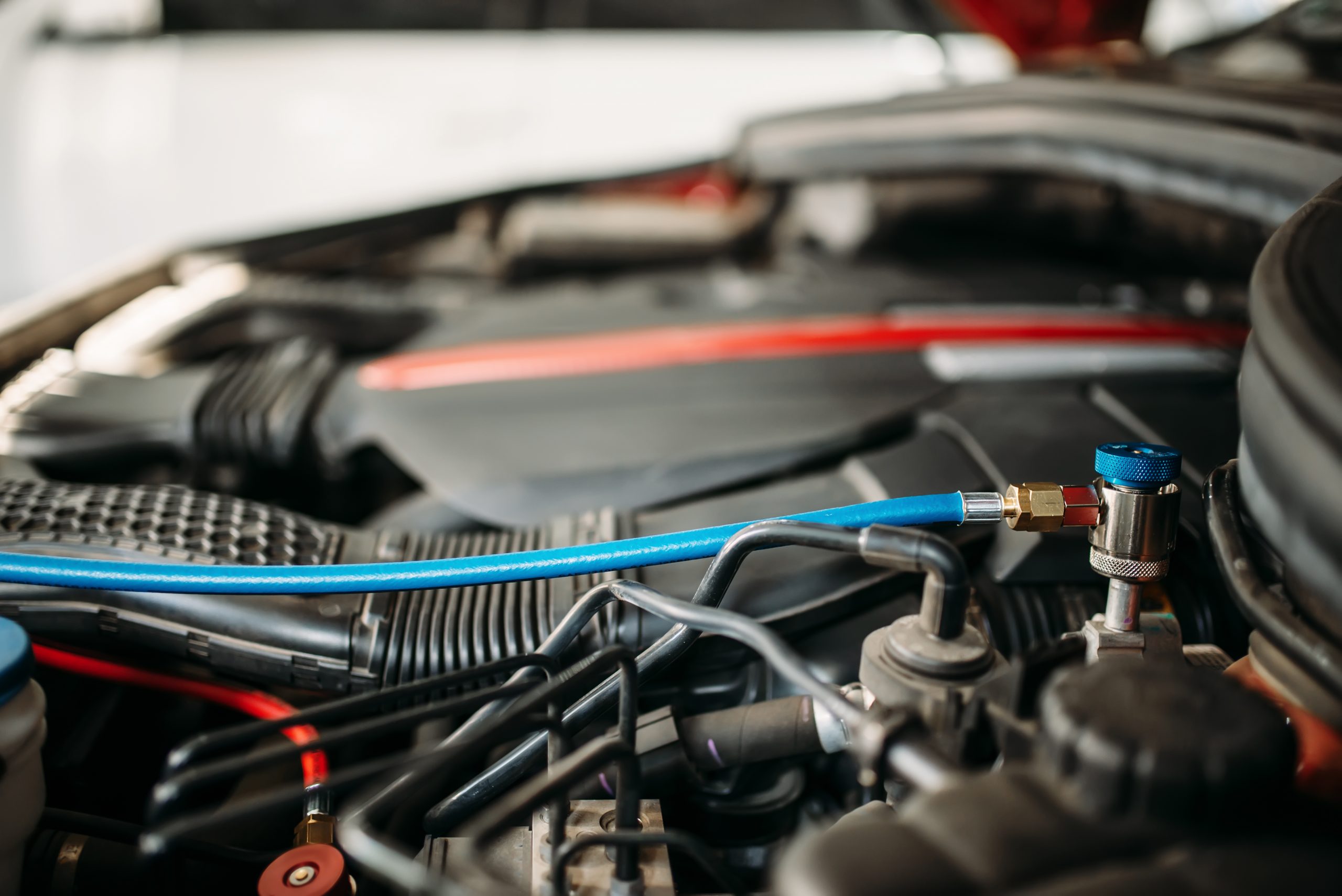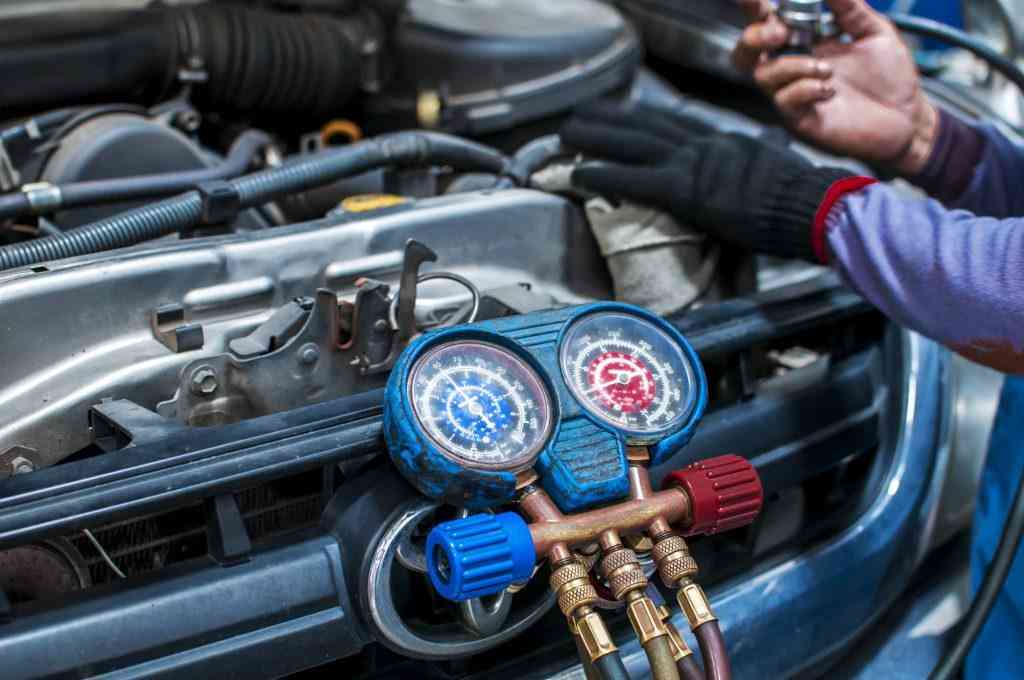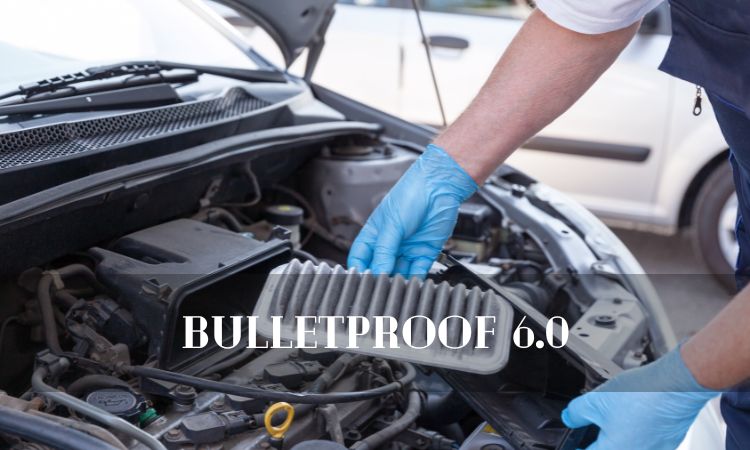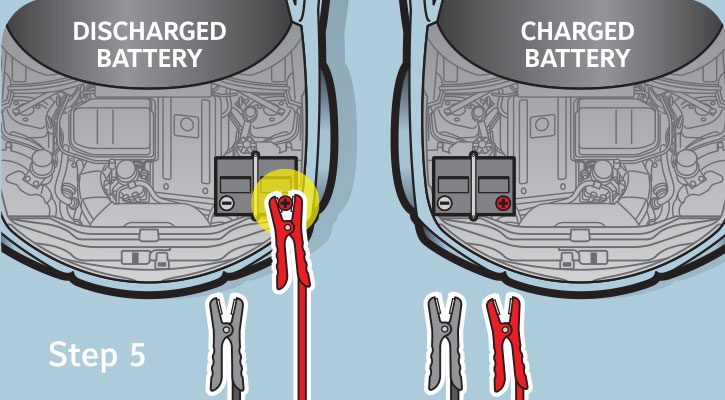How to Drain Freon from Car
To drain Freon from a car, first, locate the service valves. Then, connect a recovery machine for removal.
If you are experiencing issues with your car’s air conditioning system, it may be necessary to drain the Freon gas from the system. Properly removing Freon is essential for maintenance and repair purposes. By following the correct steps, you can safely and efficiently drain the Freon from your vehicle’s AC unit.
In this guide, we will provide you with a step-by-step process on how to drain Freon from your car to ensure the safety and effectiveness of the procedure. Let’s dive in and explore the necessary steps to remove Freon from your vehicle’s air conditioning system.
Preparation
Before beginning the process of draining freon from your car, it’s crucial to gather the necessary equipment and identify the high-pressure and low-pressure service ports. Proper preparation is vital to ensuring a safe and effective procedure. Let’s dive into each of these steps:
Gather Necessary Equipment
To drain freon from your car, you’ll need a few essential tools. These include:
- Protective Gloves
- Safety Glasses
- Refrigerant Recovery Machine
- Refrigerant Recovery Cylinder
- Refrigerant Scale
- Service Port Adapters
Having these tools ready will streamline the process and ensure you have everything required to safely drain the freon from your car.
Identify The High-pressure And Low-pressure Service Ports
To drain the freon from your car, it’s important to locate the high-pressure and low-pressure service ports. These ports allow access to the air conditioning system and are crucial for a successful freon draining process.
The high-pressure service port is typically found on the small AC line, indicated by the color red. On the other hand, the low-pressure service port is usually located on the larger AC line, marked by the color blue or black.
Make sure to consult your car’s manual or conduct an online search to confirm the exact location and appearance of these service ports, as it may vary depending on the make and model of your vehicle.
Once you have gathered the necessary equipment and identified the high-pressure and low-pressure service ports, you’re ready to proceed with the next steps of draining freon from your car. Stay tuned for our upcoming blog posts that will cover the remaining process in detail!

Credit: www.bridwellautocenter.com
Safety Measures
To safely drain Freon from your car, it is crucial to follow strict safety measures. By taking precautions, you can prevent accidents and ensure a smooth process.
Wear Protective Gear
Before starting the draining process, put on protective gear such as safety goggles, gloves, and a mask to shield yourself from harmful chemicals.
Work In Well-ventilated Area
Always perform the Freon draining task in a well-ventilated area to avoid inhaling toxic fumes. Open windows or doors to allow air circulation.
Draining The Freon
When draining the Freon from your car’s AC system, proper steps must be followed to ensure safety and efficiency.
Connect The Recovery Machine
Start by connecting the recovery machine to your car’s AC system following the manufacturer’s instructions.
Open The Valves And Start The Process
Open the high and low side valves on the recovery machine to initiate the Freon draining process.

Credit: www.youtube.com
Disposal Of Freon
To properly drain Freon from a car, it is crucial to seek professional assistance from a certified technician. Handling Freon requires specific knowledge and specialized equipment to ensure it is safely disposed of without causing harm to the environment. It is important to adhere to regulations for the proper disposal of Freon.
Proper disposal of Freon is essential to protect the environment and ensure compliance with environmental regulations. Freon, a refrigerant commonly used in air conditioning systems and car coolants, is harmful to the ozone layer and can contribute to climate change if released into the atmosphere. Here are two important steps to follow for the safe disposal of Freon.
Use Epa-approved Container
When it comes to disposing of Freon from your car, the first step is to use an EPA-approved container. These containers are specially designed to safely store and transport hazardous materials, including Freon. Ensure that the container you choose is approved by the U.S. Environmental Protection Agency (EPA) and meets the necessary safety standards.
It is important to remember that Freon is a toxic substance, and proper handling is crucial for your safety and the environment. Follow these steps to use an EPA-approved container for the disposal of Freon:
- Wear protective gloves and goggles to protect yourself from potential contact with Freon.
- Open the car hood and locate the air conditioning system.
- Connect the container to the refrigerant lines using the appropriate fittings.
- Slowly release the Freon into the container, ensuring no leaks or spills.
- Once the container is filled, secure it tightly to prevent any accidental releases.
Take The Freon To A Certified Disposal Facility
After draining the Freon from your car, it is crucial to take it to a certified disposal facility for proper treatment and disposal. These facilities are equipped to handle hazardous materials safely and ensure their environmentally responsible disposal. When choosing a disposal facility, consider the following:
| Considerations for Choosing a Certified Disposal Facility |
|---|
| Check if the facility is authorized to handle and dispose of hazardous materials like Freon. |
| Ensure the facility follows all necessary environmental regulations and guidelines. |
| Ask about the facility’s recycling or recovery methods to minimize environmental impact. |
| Verify the facility’s location and operating hours for convenient disposal. |
Remember, proper disposal of Freon not only protects the environment but also helps to prevent potential legal consequences. By following the correct disposal procedures, you contribute to a cleaner and greener world.
Final Steps
As you near the end of the process of draining Freon from your car, it is crucial to pay close attention to the final steps to ensure that everything has been done correctly and safely. These final steps involve closing the valves and disconnecting the equipment, as well as checking for leaks and properly disposing of the used equipment.
Close The Valves And Disconnect Equipment
During this step, ensure that all the valves on the equipment are securely closed. Use a valve wrench to tighten the valves and prevent any remaining Freon from leaking out. Next, remove the hoses and gauges from the car’s air conditioning system. Be careful to avoid any accidental release of Freon during this process. Properly seal the hoses and gauges to prevent any leaks.
Check For Leaks And Dispose Of Used Equipment
After disconnecting the equipment, it is essential to inspect the fittings and connections for any signs of leaks. Use a leak detector solution to identify any potential leaks and address them immediately. Once you have confirmed that there are no leaks, properly dispose of the used equipment. Follow local regulations for the disposal of Freon and equipment used in the process.

Credit: carfromjapan.com
Frequently Asked Questions For How To Drain Freon From Car
How Do You Discharge Freon From A Car?
To discharge Freon from a car, you need to use a specialized recycling machine. The machine safely removes the refrigerant from the car’s AC system, preventing any harm to the environment. It’s essential to follow proper protocols as handling Freon improperly can be dangerous and harmful to the environment.
How Do You Flush Freon Out Of A Car?
To flush Freon out of a car, a certified technician must first recover the refrigerant using a recovery machine. Then, the system is evacuated to remove any remaining Freon and contaminants. Lastly, new refrigerant can be added once the system has been properly flushed.
Is It Illegal To Drain Freon From Car?
Draining Freon from a car is illegal due to environmental regulations. It should only be done by certified professionals.
How Do I Evacuate My Car Ac Without A Pump?
To evacuate your car AC without a pump, follow these steps: 1. Locate the high and low pressure service ports. 2. Attach an AC manifold gauge set to these ports. 3. Open the valves on the gauge set to release the refrigerant from the system.
4. Allow the refrigerant to be drawn out completely. 5. Close the valves on the gauge set and remove it from the ports.
What Is Freon And Why Does It Need To Be Drained From A Car?
Freon is a refrigerant that cools the air in the car’s AC system. When the AC needs servicing or repairs, the Freon must be drained to avoid environmental harm.
How Can I Tell If My Car’s Ac System Needs Freon Draining?
Visible leaks, a decrease in cooling efficiency, or strange noises could all indicate the need for a Freon drain.
Is It Possible To Drain Freon From A Car At Home?
It is possible, but it’s crucial to follow safety protocols and dispose of the Freon properly.
Conclusion
Finally, by following the step-by-step instructions provided in this guide, you can successfully drain Freon from your car. Remember to prioritize safety and comply with environmental regulations when handling and disposing of the refrigerant. Regular maintenance and proper care of your vehicle’s air conditioning system will help ensure its longevity and efficiency.
Stay informed about the best practices for Freon management and contribute to a healthier and more sustainable environment.


